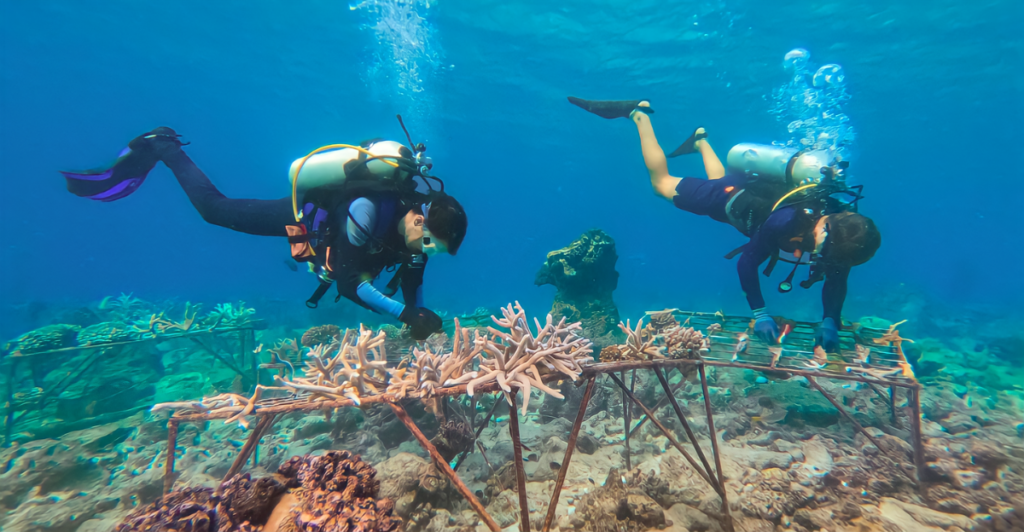
Every time you slather on sunscreen before a beach day, you might be protecting your skin, but did you know that this can harm the ocean and marine life? We were told that sunscreen is non-negotiable when you’re out in the sun, but there was never any mention that this can harm the environment. So, how does this happen?
How Sunscreen Enters The Ocean
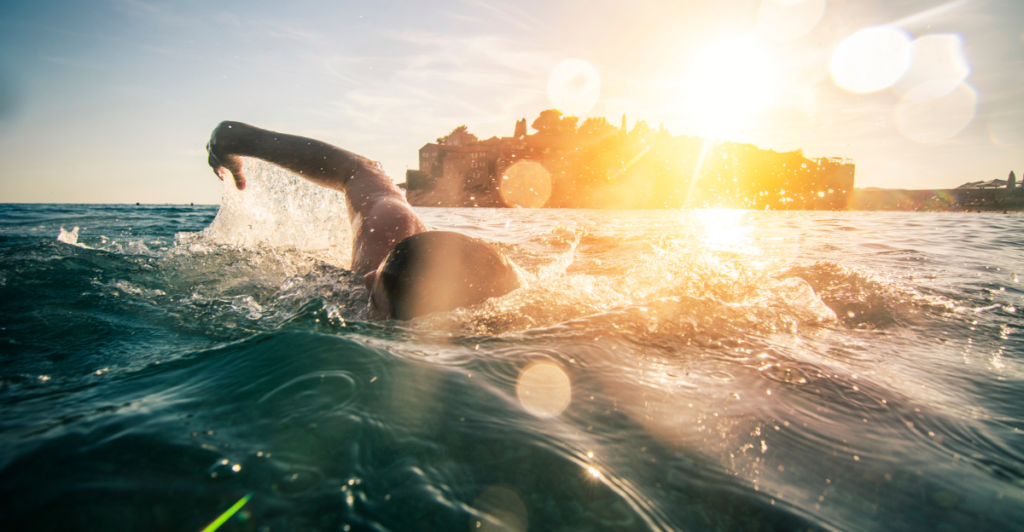
Sunscreen can enter the ocean in more ways than you might think, but the most obvious reason is that it washes off people swimming in it. When you shower, sunscreen residues rinse off your body and flow down the drain, eventually making their way through wastewater systems and into rivers that lead to the ocean.
The Harmful Ingredients That Are Causing A Problem
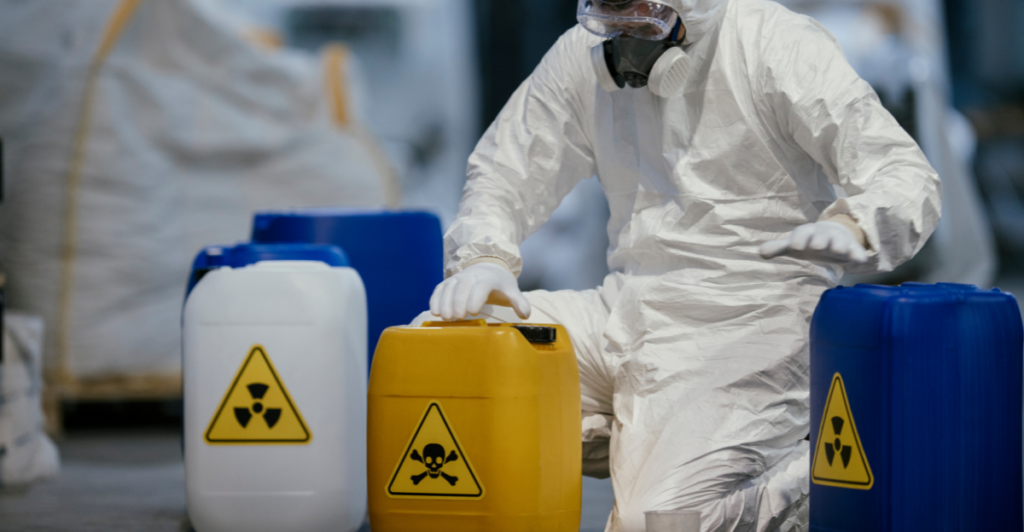
The main culprits behind sunscreen pollution are oxybenzone and octinoxate. These chemicals, commonly found in most sunscreens, are toxic to marine life. Oxybenzone has been shown to cause coral bleaching by disrupting the corals’ ability to absorb calcium, which weakens their structure and makes them more vulnerable to environmental stress. Both oxybenzone and octinoxate can also interfere with the reproductive systems of fish and other marine animals, causing developmental issues.
The Effect on Coral Reefs
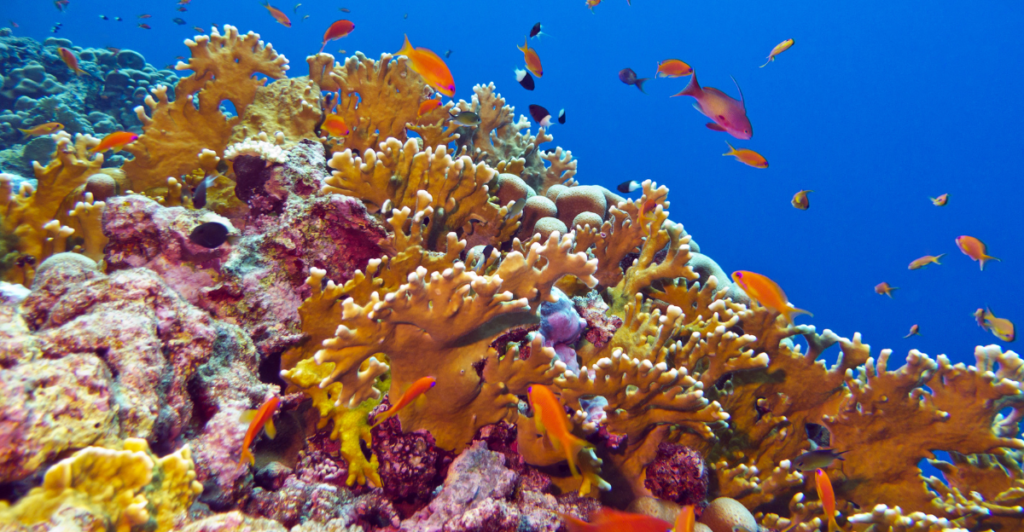
The effects of sunscreen pollution can be detrimental to coral reefs worldwide. Exposure to these harmful ingredients can cause coral reefs to lose their vibrant colors and become more susceptible to disease. These chemicals interfere with the corals’ ability to process sunlight and absorb nutrients, which are essential for their survival. These ingredients can also stunt the growth of these reefs, drastically affecting the marine life in the area.
The Impact on Fish and Marine Animals
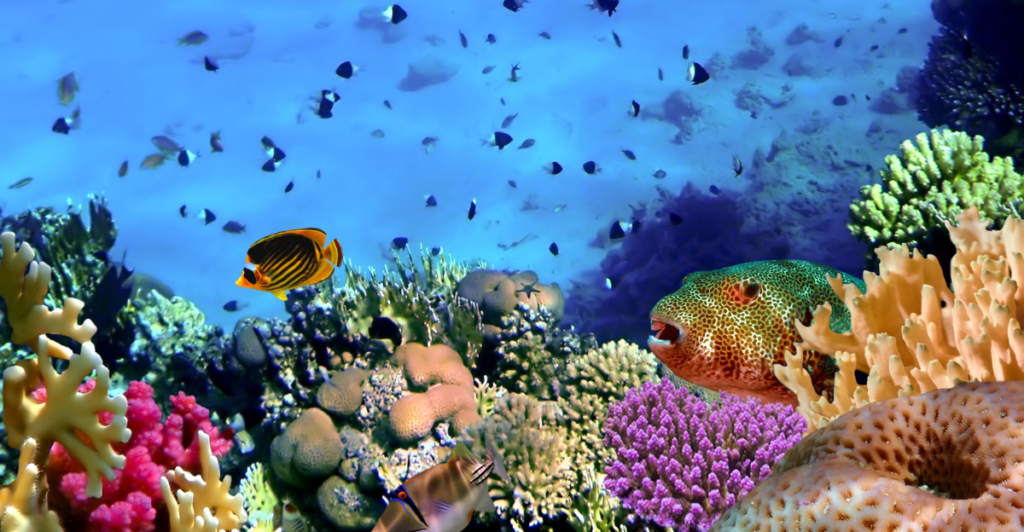
Oxybenzone can disrupt the hormonal systems of aquatic creatures, interfering with their growth, reproduction, and development. Fish exposed to these toxins have been shown to exhibit abnormal behavior, like altered swimming patterns and reduced ability to avoid predators. This can affect these animals’ survival skills and influence the food chain in general.
Plankton At Risk
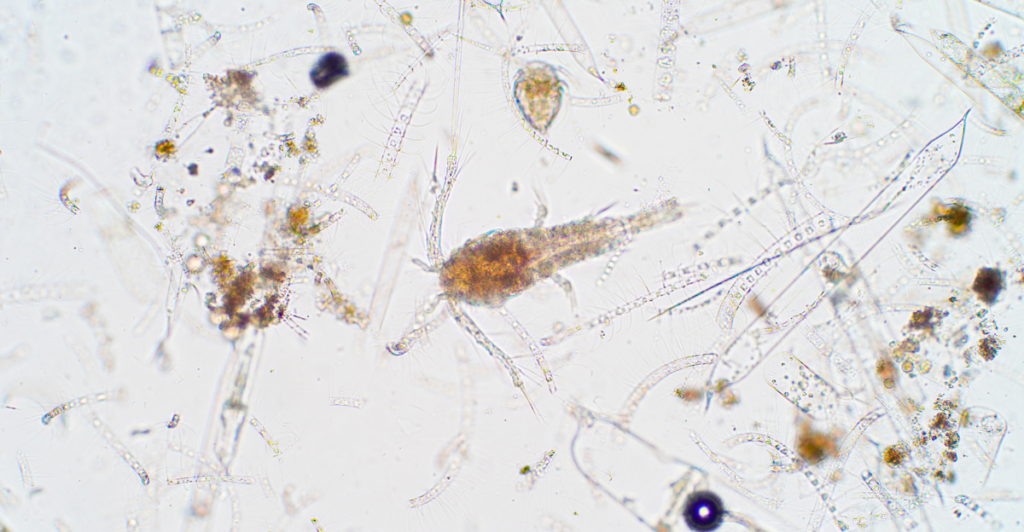
Plankton are right at the bottom of the food chain, but this doesn’t make them any less critical than other marine life that can be affected by this pollution. These microscopic creatures are susceptible to environmental changes, and the chemicals found in sunscreens can profoundly impact their survival. When plankton are exposed to these toxins, their growth and reproduction can be stunted, affecting their population and the entire marine ecosystem. Since plankton serves as a critical food source for a wide range of marine species, including fish, whales, and seabirds, the disruption of their delicate balance can create a ripple effect that threatens the health of the ocean as a whole.
Not Only The Ocean Is Being Affected
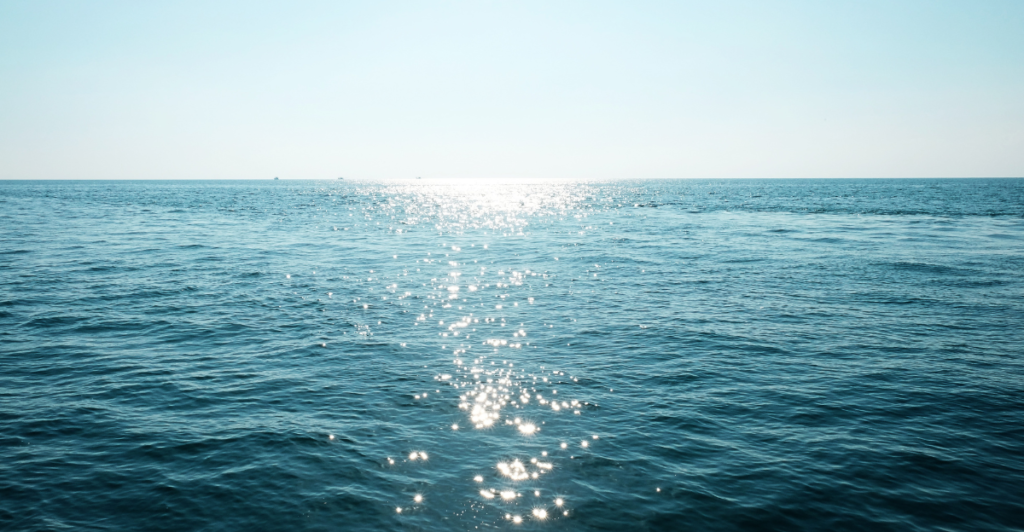
Sunscreen chemicals can also find their way into freshwater bodies through runoff, impacting rivers, lakes, and wetlands. According to an article written by Earth, “Data show organic UV filters in 95% of wastewater effluents and 86% of surface waters worldwide. They have been found in tourist-heavy beach areas and remote regions like Antarctica and the Arctic, highlighting their pervasive reach.”
The Ban On Harmful Sunscreens
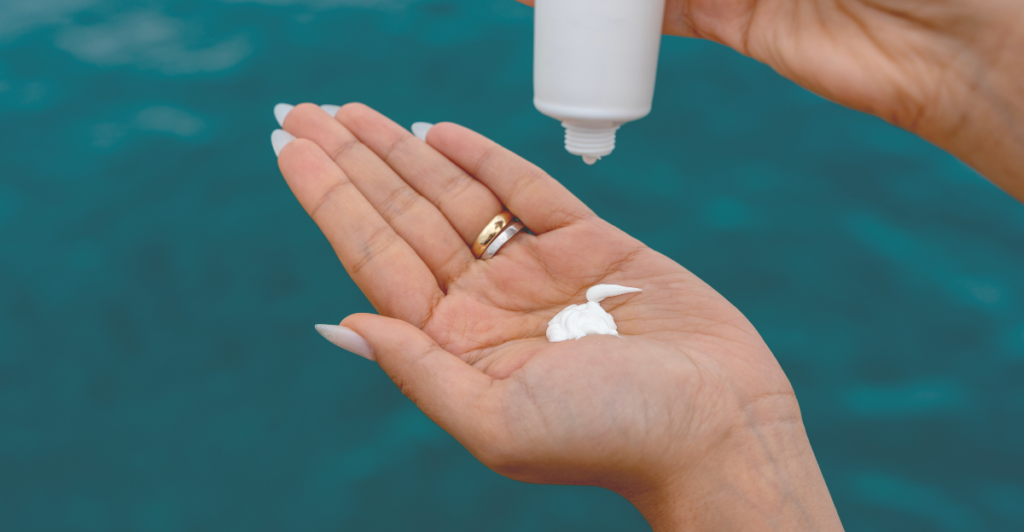
Many countries worldwide have started implementing bans on sunscreens containing harmful chemicals. Hawaii became one of the first places to pass a law banning these ingredients. These bans encourage the use of mineral-based sunscreens, which rely on ingredients like zinc oxide and titanium dioxide. These sunscreens offer effective sun protection without harming marine ecosystems.
What Is Reef-Safe Sunscreen?

Reef-safe sunscreens typically use physical blockers, like zinc oxide or titanium dioxide, which sit on top of the skin and reflect the sun’s rays. These mineral-based sunscreens are considered safer for the environment because they don’t contain synthetic chemicals that wash off into the ocean and cause harm. Always check labels and inform yourself and the health of your skin and the ocean.
The Problem With Some “Reef-Safe” Brands

It’s very important to read the ingredients on the label of any sunscreen you might consider buying. Even if a sunscreen is labeled as “reef-safe,” it might still contain some harmful ingredients that won’t do the ocean any favors.
Other Ways To Protect Your Skin From The Sun

Although sunscreen is the go-to step for sun protection, there are other things you can do to help protect your skin without harming the environment. Wearing protective clothing can significantly reduce your need for sunscreen, and sunglasses with UV protection are also a wise choice to safeguard your eyes. You can also use umbrellas, beach tents, or natural cover like trees to create a barrier between yourself and the sun, limit your exposure, and also need sunscreen.
How To Create Awareness

Most people reading this article might not even know that sunscreen can cause damage to the ocean, and that goes for most people around you. Try spreading awareness by telling people about some of the facts about sunscreen pollution and how they can help stop this. You are already making a slight difference to a big problem by spreading the word.
The Future Of Sunscreen And Ocean Health

Researchers are developing new formulations that are effective at protecting our skin and safe for marine life. Companies are exploring biodegradable ingredients, reef-safe alternatives, and packaging solutions that reduce waste and environmental impact. By informing people of the problem, we can also play a role in protecting the ocean, no matter how small.
Discover more of our trending stories and follow us to keep them appearing in your feed

California Is Breaking Apart: A Fault Line Is Forming Faster Than Anyone Predicted
Hurricane-Like Bomb Cyclone Set to Impact These 8 States
Philanthropist Promises To Cover $771.23M Annually After US Exit From Climate Accords
Massive Solar Plant Is Shutting Down Early—Saving Californians Over $500M
References:
Reference 1
Reference 2
Reference 3
This article first appeared here
Stay connected with us for more stories like this! Follow us to get the latest updates or hit the Follow button at the top of this article, and let us know what you think by leaving your feedback below. We’d love to hear from you!







